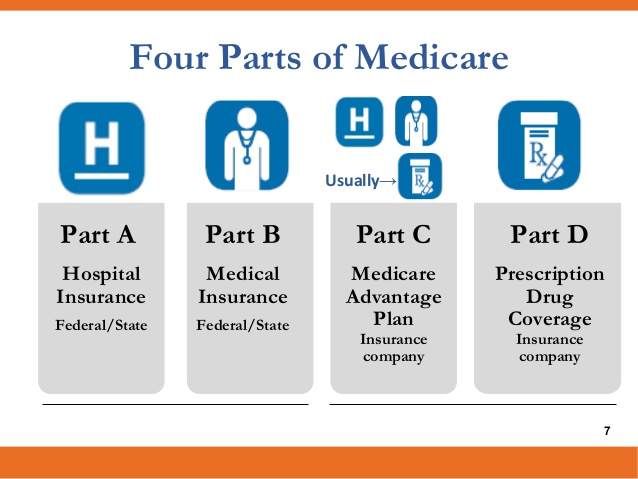by Kelly R. Smith
|

Homeowners insurance is essential for all homeowners. It doesn’t matter if you own outright or still hold a mortgage. Dictionary.com gives the origen of the word mortgage as, “Old French mortgage, equivalent to mort ‘dead’ (from Latin mortuus ) + gage ‘pledge.’” That’s about as morbid as it gets. It’s certainly not a witty phrase, is it? But I digress; what is covered by standard homeowners insurance?
Coverage for Your Personal Belongings
Your personal belongings include things such as sports equipment, clothing, furniture, appliances, ect. You get the idea. They are covered in the event that they are stolen or destroyed by insured disasters such as fire, hurricane, and others. Generally, the coverage is going to be 50% to 70% of the insurance you carry on the structure of your home, depending on the company that carries your policy.
The preferred way to determine if this is enough coverage is to conduct a home inventory. Take pictures, make entries in a database, etc. The more detailed, the better. Your belongings coverage includes items that you store away from your residence; this means that you have coverage anywhere in the world. There are some companies that limit the amount to 10% of the amount of insurance you have for your possessions. You may also have up coverage for unauthorized use of any credit cards.
Items on the higher end such as jewelry, furs, art, collectibles, and silverware are covered, but usually there is a monetary limit if they are stolen. There is a way to insure these items for their full value; buy a special personal property endorsement (or floater) and insure the items for their officially-appraised value.
Coverage for Your Home’s Structure
Your homeowners policy will pay to renovate or rebuild your home in the case that it is damaged or destroyed by incidences of fire, hurricane, hail, lightning, or other disasters that are enumerated in your policy. Most policies cover detached structures as well, such as your tool shed, garage, or a gazebo. In most cases, for about 10% of the amount of insurance you have on the structure of your home. A good rule of thumb is this–buy enough coverage to rebuild your home. Revise this yearly.
Liability protection
What does liability cover? It protects you from lawsuits citing bodily injury or property damage that you or family members cause to others. Additionally, it covers damage caused by your pets.
In many cases, limits begin at around $100,000. That being said, it’s prudent to palaver with your agent whether you should purchase a higher level of protection. You may have significant assets and therefore need more coverage than is available under your policy. If this is the case, consider purchasing an umbrella or excess liability policy, which provides broader coverage and higher liability limits.
Your policy also provides no-fault medical coverage. If one of your friends or a neighbor is injured in your home, he or she can submit the medical bills to your insurance company. So, expenses can be paid bypassing a liability claim being filed against you. Note that it doesn’t pay any of these bills for you or your family.
Additional living expenses (ALE)
This is for the the additional expenses of residing away from your home if you can’t live there because of the damage from a disaster that is insured. It covers restaurant meals, hotel tabs, and other miscellaneous costs that are over and above your normal living expenses. These are paid while your house is being restored. ALE is not open-ended; it has time and cost limits.
Other Circumstances
Your standard homeowners insurance policy will not pay for damage caused by an earthquake, flood, or routine wear and tear. These all require separate policies. Let me use myself as an example. During Hurricane Harvey, we flooded due to the city mismanaging drainage issues. We got about 2 feet of water inside the house.

Luckily, we have always carried flood insurance ever though the mortgage company did not require it since we are not in the flood plain (or zone if you will). But, as I tell my wife, “God doesn’t care about those maps.” So we ended up getting 100% on personal belongings and what the insurance adjuster estimated for structure. That only paid for material, not labor. That’s like getting 50 cents on the dollar. So, the majority of the reconstruction became a DIY project for me.
Neighbors without flood insurance just got the bare minimum from FEMA, and let me tell you, that ain’t much. Let that be a lesson–invest in appropriate insurance policies.
References:
- Dictionary.com
- The History of American Medical Insurance
- A Hurricane Preparedness Checklist
- How to Improve Your Credit Score
- Protection with New Construction or Remodeling Insurance
Looking for more great content? Visit our partner sites:
I offer article and blog-writing services. Interested? Hire Me!
Did you find this article helpful? Thanks for supporting this free site with a small donation! We depend on our readers rather than a bothersome paywall to keep the lights on here in the shop.
Visit Kelly’s profile on Pinterest.
About the Author:
 Kelly R. Smith is an Air Force veteran and was a commercial carpenter for 20 years before returning to night school at the University of Houston where he earned a Bachelor’s Degree in Computer Science. After working at NASA for a few years, he went on to develop software for the transportation, financial, and energy-trading industries. He has been writing, in one capacity or another, since he could hold a pencil. As a freelance writer now, he specializes in producing articles and blog content for a variety of clients. His personal blog is at I Can Fix Up My Home Blog where he muses on many different topics.
Kelly R. Smith is an Air Force veteran and was a commercial carpenter for 20 years before returning to night school at the University of Houston where he earned a Bachelor’s Degree in Computer Science. After working at NASA for a few years, he went on to develop software for the transportation, financial, and energy-trading industries. He has been writing, in one capacity or another, since he could hold a pencil. As a freelance writer now, he specializes in producing articles and blog content for a variety of clients. His personal blog is at I Can Fix Up My Home Blog where he muses on many different topics.








